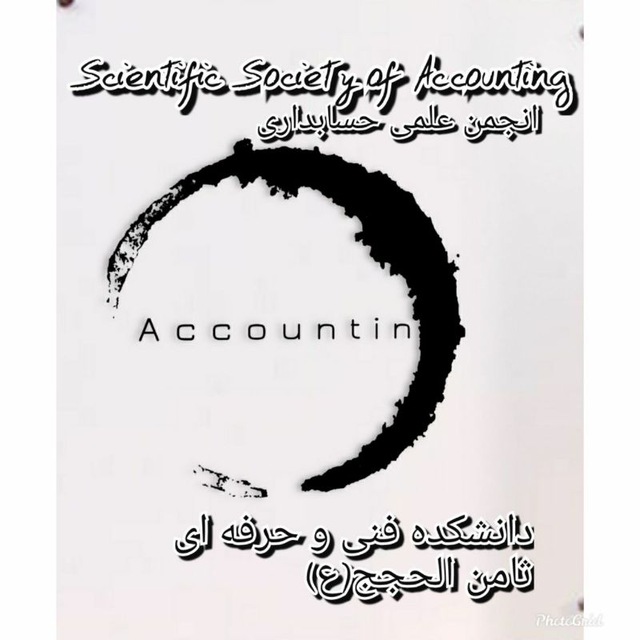What is a balance sheet and how many types are there?
Balance sheet definition:
The balance sheet is one of the most important financial reports that shows the state of assets, liabilities and capital of a business entity on a specific date. In another description, due to the fact that the balance sheet shows the company’s financial situation at a certain time, it can also be introduced as a picture of the business unit’s situation.
Types of balance sheets:
The balance sheet can be presented in the following two ways:
A- Form of account:
As you know, the shape of the account is according to the letter T in English. In this method, the headings related to assets are displayed on the right side of the balance sheet and liabilities and equity are displayed on the left side of the balance sheet. In this method, more emphasis is placed on the accounting equation and the sum of the figures on the right side of the balance sheet should be added The items on the left side of the balance sheet should be equal. This type of balance sheet presentation emphasizes the accounting equation. In the financial statements prepared in Iran, the arithmetical form is mostly used to present the balance sheet.
b) Report form:
In this method, the left side of the balance sheet, i.e. the account of liabilities and rights of shareholders, is given under the headings of assets.
Balance sheet items:
Any balance sheet, regardless of its reporting or accounting form, must include the following information:
1- Title:
The title of the balance sheet includes three separate lines as follows:
• The full name of the economic unit: which is written in the first row of the title.
• Name of the report or financial statement: The name of this report is the balance sheet and it is mentioned in the second line of the title.
Report date: In the third line of the title, the date of the last day that this report displays is mentioned. This should refer to a specific date and not to a specific time period. For example, this part should be written in the form of one of the following dates:
on 29/12/2013 or on 29/12/2013
2- Unit of measurement:
The unit of measurement used to record financial events should be displayed in the prepared balance sheet. This unit is currently Rial in Iran, and in other countries, the unit of measurement is different according to the currency of that country.
3- Accounts department:
In this part of the balance sheet, the balance of each account related to the group of assets, liabilities and equity is displayed.
If the balance sheet is prepared in the form of an account, assets will be displayed on the right side and liabilities will be displayed on the left side, and liabilities will be displayed below them. If the balance sheet is in the form of If the report is prepared, the assets are displayed first, then the liabilities account is displayed under the assets, and finally the equity is shown.
Note: In the assets section, current assets are listed first, then long-term assets, and in the liabilities section, current liabilities are listed first, then long-term liabilities.
4- Addition of accounts:
After entering the information in the balance sheet, the final sum of each column must be written. In writing the final sum, the following must be observed:
1. In the balance sheet in the form of an account, the sum of both sides of the balance sheet must always be equal
2. In the report in the form of a report, the sum of liabilities and equity must be equal to the sum of assets.
3. Two parallel lines are drawn below the final sum.
#Alumni_Accounting_Association_Saman_Al-Hajj
@accounting_samen
@unisamenAccounting
This post is written by seyedsajjadam
